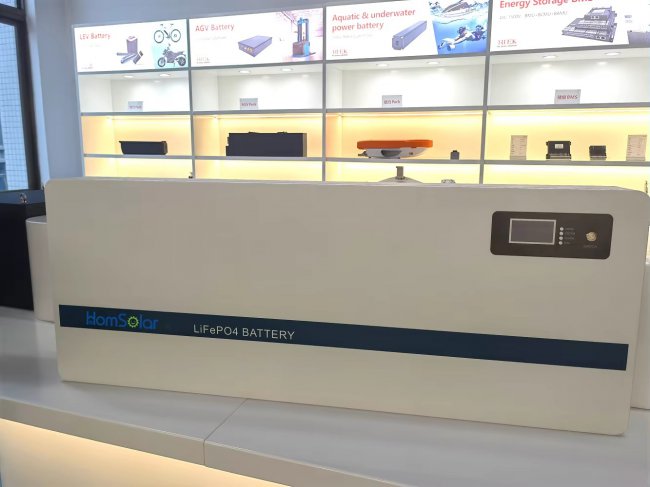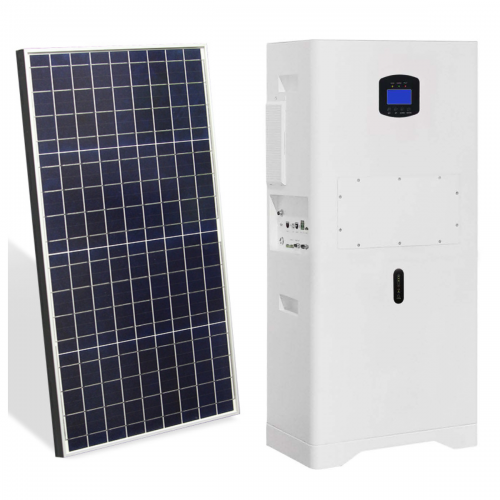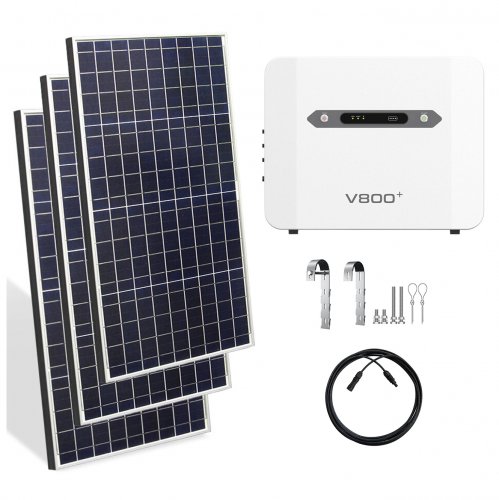Advances In Electrochemical Performance: Novel Materials, Interface Engineering, And Future Energy Storage
The relentless pursuit of advanced energy storage and conversion systems is inextricably linked to the enhancement of electrochemical performance. This multifaceted term encompasses critical metrics such as capacity, energy and power density, cycle life, rate capability, and safety. Recent scientific breakthroughs, particularly in the realms of novel material design, sophisticated interface engineering, and the integration of artificial intelligence, are pushing the boundaries of what is possible, paving the way for next-generation batteries and supercapacitors.
Latest Research in Material Innovation
The development of high-capacity electrode materials remains a primary focus. For lithium-ion batteries (LIBs), silicon-based anodes continue to be a major area of investigation due to their theoretical capacity (~4200 mAh g⁻¹), which is an order of magnitude higher than that of conventional graphite. However, the colossal volume expansion (>300%) during lithiation leads to mechanical fracture and unstable solid-electrolyte interphase (SEI) formation. Recent strategies have moved beyond simple nanostructuring to more complex designs. For instance, the creation of yolk-shell structures, where a Si nanoparticle is encapsulated within a conductive, mechanically robust carbon shell with void space, has proven highly effective in accommodating volume changes and maintaining electrical contact, significantly improving cyclability (Liu et al., 2022).
On the cathode side, the transition to nickel-rich layered oxides (e.g., NMC811, LiNi₀.₈Mn₀.₁Co₀.₁O₂) is crucial for achieving higher energy density. The challenge lies in mitigating cation mixing, microcracking, and interfacial degradation at high voltages. Advancements include single-crystal cathode particles, which exhibit superior structural integrity compared to their polycrystalline counterparts by eliminating grain boundaries, a primary source of crack propagation and parasitic side reactions (Qian et al., 2021). Furthermore, the exploration of cobalt-free cathodes, such as lithium-rich manganese-based oxides and disordered rock salts, is accelerating, driven by the need to reduce cost and ethical sourcing concerns.
Beyond LIBs, research into post-lithium technologies is intensifying. For sodium-ion batteries (SIBs), the development of high-performance Prussian blue analogues (PBAs) and hard carbon anodes has led to commercial-scale prototypes. Similarly, for potassium-ion batteries, new cathode materials like layered transition metal oxides show promising rate performance due to the faster ionic diffusion of K⁺.
Technological Breakthroughs in Interface and System Engineering
The electrode-electrolyte interface is the critical battlefield where performance is won or lost. A significant breakthrough has been the development ofin situandoperandocharacterization techniques, such as electrochemical atomic force microscopy (EC-AFM) and cryo-electron microscopy (cryo-EM). These tools allow researchers to directly observe the dynamic evolution of the SEI and cathode-electrolyte interphase (CEI) at the nanoscale, revealing their true composition and morphology, which were previously misunderstood from ex situ studies (Li et al., 2021). This deeper understanding has guided the rational design of artificial interphases and novel electrolyte formulations.
Electrolyte engineering itself has seen a paradigm shift. The adoption of localized high-concentration electrolytes (LHCEs) is a landmark achievement. By diluting a high-concentration electrolyte with a non-co-solvent, LHCEs maintain the desirable solvation structure that promotes anion-derived, stable interphases while simultaneously addressing the high viscosity and cost issues of concentrated electrolytes. This approach has dramatically improved the cycling stability of lithium metal anodes and high-voltage cathodes (Cheng et al., 2023).
The integration of artificial intelligence (AI) and machine learning (ML) is revolutionizing the discovery and optimization process. ML models are now being used to predict novel electrolyte compositions with desired properties (e.g., high oxidative stability, high ionic conductivity), screen millions of potential material combinations for new solid-state electrolytes, and even optimize charging protocols in real-time to minimize degradation and prevent lithium plating. This data-driven approach is drastically reducing the time from lab discovery to commercial application.
Future Outlook and Challenges
The future trajectory of electrochemical performance enhancement is clear yet challenging. The ultimate goal remains the realization of practical all-solid-state batteries (ASSBs), which promise unparalleled safety and energy density by replacing flammable liquid electrolytes with solid counterparts. The key hurdles to overcome are the low ionic conductivity at room temperature and the high impedance at the solid-solid electrode-electrolyte interface. Future research must focus on designing composite solid electrolytes and engineering interfaces with seamless ionic contact, perhaps through the use of soft interfacial layers or advanced sintering techniques.
Furthermore, the sustainability of the entire battery lifecycle will become a dominant theme. This includes the development of high-performance electrolytes using green solvents, the design of electrodes for easier recycling and direct cathode regeneration, and the implementation of robust state-of-health (SOH) monitoring for second-life applications in grid storage.
In conclusion, the advances in electrochemical performance are being driven by a synergistic combination of atomic-scale material design, nanoscopic interface control, and macroscopic system-level optimization powered by AI. While challenges in stability, kinetics, and cost persist, the current pace of innovation suggests that the next decade will witness the commercialization of energy storage devices with performance metrics that are today considered extraordinary, ultimately accelerating the global transition to a sustainable energy future.
References:Cheng, X.-B., et al. (2023). Reviving the Lithium Metal Anode for High-Energy Batteries.Nature Nanotechnology, 18(2), 123-13 1.Li, Y., et al. (2021). Atomic structure of sensitive battery materials and interfaces revealed by cryo–electron microscopy.Science, 358(6362), 506-510.Liu, N., et al. (2022). Yolk-Shell Structured Silicon-Based Anodes for High-Performance Lithium-Ion Batteries.Advanced Materials, 34(15), 2108881.Qian, J., et al. (2021). Single-Crystal Cathode Materials for Lithium-Ion Batteries: A Review.ACS Nano, 15(1), 75-86.
Customized/OEM/ODM Service
HomSolar Supports Lifepo4 battery pack customization/OEM/ODM service, welcome to contact us and tell us your needs.


HomSolar: Your One-stop LiFePO4 Battery Pack & ESS Solution Manufacturer
Our line of LiFePO4 (LFP) batteries offer a solution to demanding applications that require a lighter weight, longer life, and higher capacity battery. Features include advanced battery management systems (BMS), Bluetooth® communication and active intelligent monitoring.

Customised Lithium Iron Phosphate Battery Casing
ABS plastic housing, aluminium housing, stainless steel housing and iron housing are available, and can also be designed and customised according to your needs.

HomSolar Smart BMS
Intelligent Battery Management System for HomSolar Energy Storage System. Bluetooth, temperature sensor, LCD display, CAN interface, UART interface also available.


Terminals & Plugs Can Be Customized
A wide range of terminals and plugs can be customised to suit the application needs of your battery products.

Well-designed Solutions for Energy Storage Systems
We will design the perfect energy storage system solution according to your needs, so that you can easily solve the specific industry applications of battery products.



About Our Battery Cells
Our energy storage system products use brand new grade A LiFePO4 cells with a battery lifespan of more than 4,000 charge/discharge cycles.



Applications in Different Industries
We supply customized & OEM battery pack, assemble cells with wiring, fuse and plastic cover, all the cell wires connected to PCB plug or built BMS.
Applications: E-bike, Electric Scooter, Golf Carts, RV, Electric Wheelchair, Electric Tools, Robot Cleaner, Robot Sweeper, Solar Energy Storage System, Emergency Light, Solar Power Light, Medical Equipment, UPS Backup Power Supply.
We can provide you with customized services. We have the ability to provide a vertical supply chain, from single cells to pack/module and to a complete power solution with BMS, etc.


HomSolar (Shenzhen) Technology Co., Ltd
























